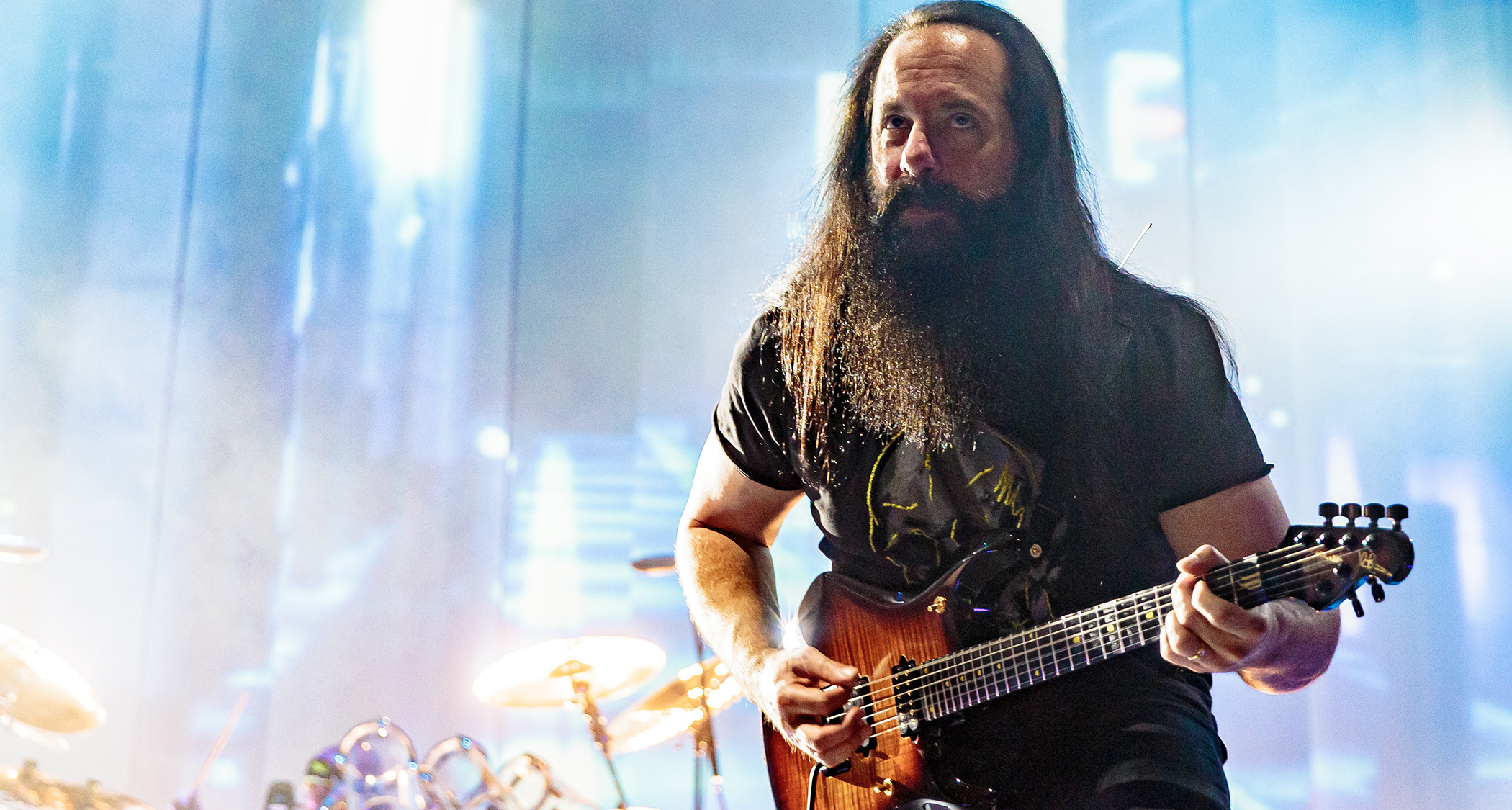
When it comes to rhythm guitar, Dream Theater’s amazing six and seven-stringer John Petrucci moves between ‘wall of sound’ powerchords to fast, thrash-inspired phrases, intricate melodic motifs, and lush, clean, arpeggiated chord progressions.
With progressive rock bands Rush and Yes being a significant influence on the members of Dream Theater, time signature changes are never far away. This often results in rhythm patterns and riffs becoming extended or shortened as they explore thematic variations.
Due to the range of moods and emotions within Dream Theater’s music, it’s not uncommon to hear Petrucci move through a wide range of these approaches within a single song. Our two examples this month aim to reflect this broad range of approaches, so get ready to dive in.
Get the tone
Amp Settings: Gain 7, Bass 4, Middle 4, Treble 7
For a precise distorted tone, use your bridge humbucker pickup and the lead channel of your amp. Increase the gain until you locate a powerful sound that retains definition during palm-muted phrases.
To keep the sound focused, use no reverb or delay, but back off some of the bass and a small amount of the middle, then give the treble a slight boost for an authentic DT tone.
Example 1
The opening section starts as a single-note melody line, and then repeats as a heavy powerchord version of the same thing.
To keep things ‘progressive’ sounding, the opening sections alternate between 3/4 and 5/4 time signatures, whereas the last section alternates between 3/4 and 4/4.
Keep the notes sustaining during this last section, as this contrasts nicely with the choppy rhythms played elsewhere.
Example 2
This study begins with a thrash-inspired riff with melodic phrase endings. The motif in the final bar of this section mirrors the phrase played in bar 4. However, to build anticipation, the motif is extended.
The second section features articulate powerchords and speedy 16th-note fills played in unison with the rhythm section. Timing precision is vital here in order to lock in tightly with the drums so the unison phrases sound intense. Enjoy!





!["[T]he First and Fifth Amendments Require ICE to Provide Information About the Whereabouts of a Detained Person"](https://images.inkl.com/s3/publisher/cover/212/reason-cover.png?w=600)

